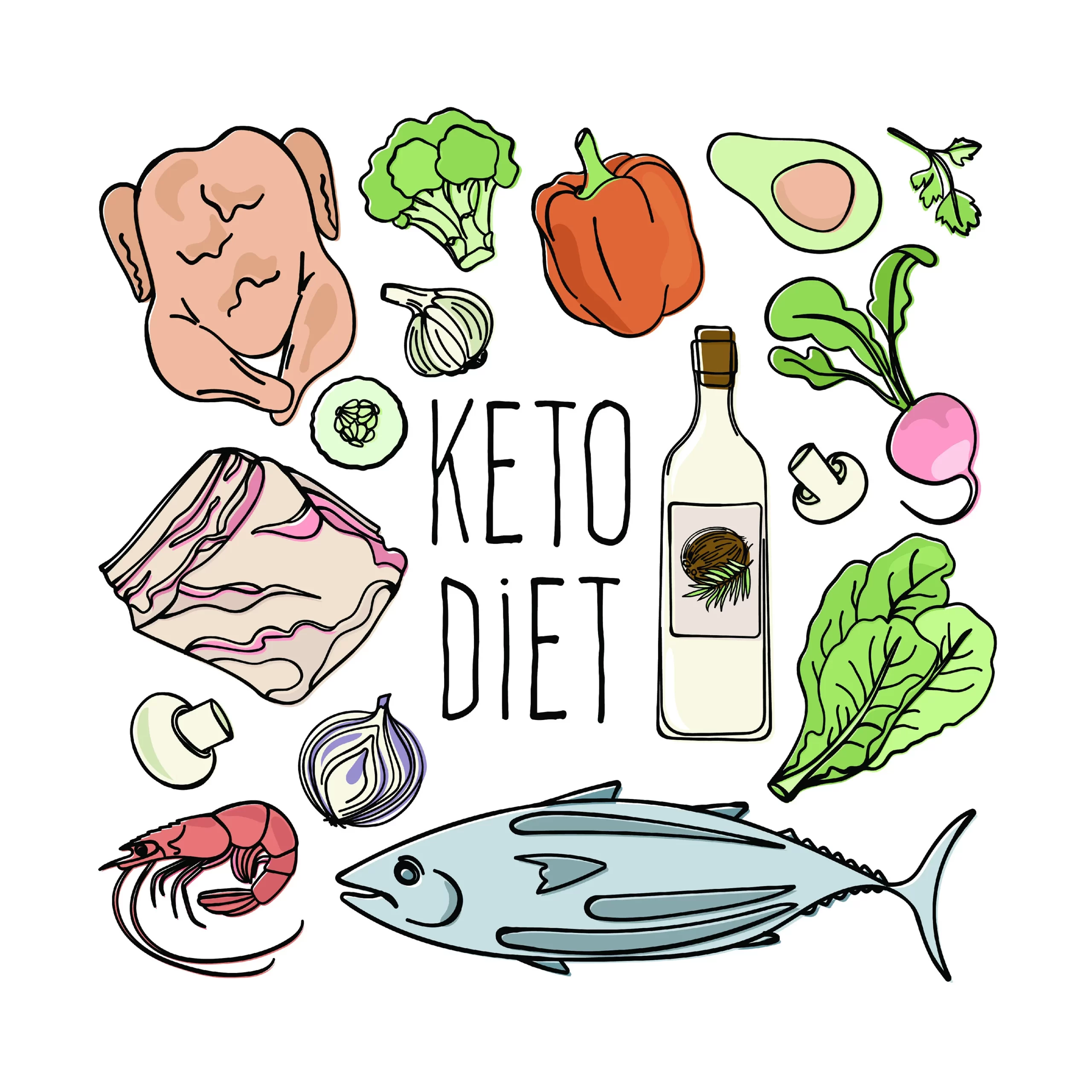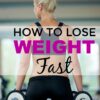Foods to Eat on the Keto Diet || keto diet || keto diet food list || ketogenic diet food list || #fitness
What is keto diet ?
The ketogenic diet, also known as the keto diet, is a low-carbohydrate, high-fat diet that has gained popularity in recent years. The diet is designed to induce a state of ketosis, in which the body burns fat for energy instead of carbohydrates.
The keto diet typically involves reducing carbohydrate intake to 20-50 grams per day and increasing fat intake to 70-80% of total calories. Protein intake is also moderate, at around 20-25% of total calories.
The main goal of the keto diet is to force the body to enter a state of ketosis, which is a metabolic state where the liver produces ketones from fat that is then used for energy instead of glucose from carbohydrates. This process can lead to rapid weight loss, as the body burns fat stores for energy.
While the keto diet can be effective for weight loss, it is important to note that it may not be suitable for everyone. It can be challenging to adhere to, and may not provide enough essential nutrients if not carefully planned. It may also cause side effects such as constipation, bad breath, and low blood sugar levels.
Overall, the keto diet can be an effective tool for weight loss, but it is important to consult with a healthcare professional before starting any new diet or exercise regimen.

The ketogenic diet has become increasingly popular due to its potential benefits for weight loss and blood sugar control, as supported by multiple studies (1Trusted Source, 2Trusted Source, 3). Additionally, emerging research suggests that this low-carb, high-fat diet may also have therapeutic benefits for certain cancers, Alzheimer’s disease, and other health conditions (4Trusted Source, 5, 6Trusted Source, 7Trusted Source, 8Trusted Source). However, more high-quality research is needed to determine the keto diet’s long-term safety and effectiveness.
The keto diet typically limits carbohydrates to 20–50 grams per day. While some people on the keto diet count total carb intake, others prefer to count net carbs, which refer to total carbs minus fiber. Fiber is indigestible, so it cannot be broken down and absorbed by the body.
Despite its restrictions, the keto diet allows people to consume many nutritious foods. Here are 20 healthy food options that are compatible with the keto diet:
- Avocado
- Salmon
- Olive oil
- Cauliflower
- Spinach
- Cheese
- Coconut oil
- Almonds
- Chicken
- Broccoli
- Greek yogurt
- Brussels sprouts
- Eggs
- Ground beef
- Asparagus
- Cottage cheese
- Zucchini
- Macadamia nuts
- Turkey
- Bell peppers
It is important to note that the keto diet may not be suitable for everyone and should be carefully planned and monitored under the guidance of a healthcare professional.
1: Seafood
Seafood is an excellent food choice for those following the keto diet. Fish and shellfish are naturally low in carbohydrates and high in essential nutrients like B vitamins, potassium, and selenium (9Trusted Source).
While most shellfish contain no carbs, oysters and octopus do have some carbohydrate content. Nonetheless, they can still be enjoyed in moderation as part of a well-planned keto diet (10Trusted Source, 11Trusted Source, 12Trusted Source, 13Trusted Source).
Fatty fish like salmon, sardines, and mackerel are particularly beneficial for those on the keto diet because they are rich in omega-3 fats. These healthy fats have been linked to improved insulin sensitivity and lower insulin levels, particularly in people who are overweight or obese (14Trusted Source).
Eating seafood regularly has also been associated with improved brain health and a reduced risk of various diseases (15Trusted Source, 16Trusted Source).
To reap the benefits of seafood, it’s recommended that adults over 18 years old consume 8–10 ounces of seafood per week, according to the American Heart Association (17Trusted Source). By including fish and shellfish in your keto diet, you can ensure that you’re getting a variety of essential nutrients while keeping your carb intake low




